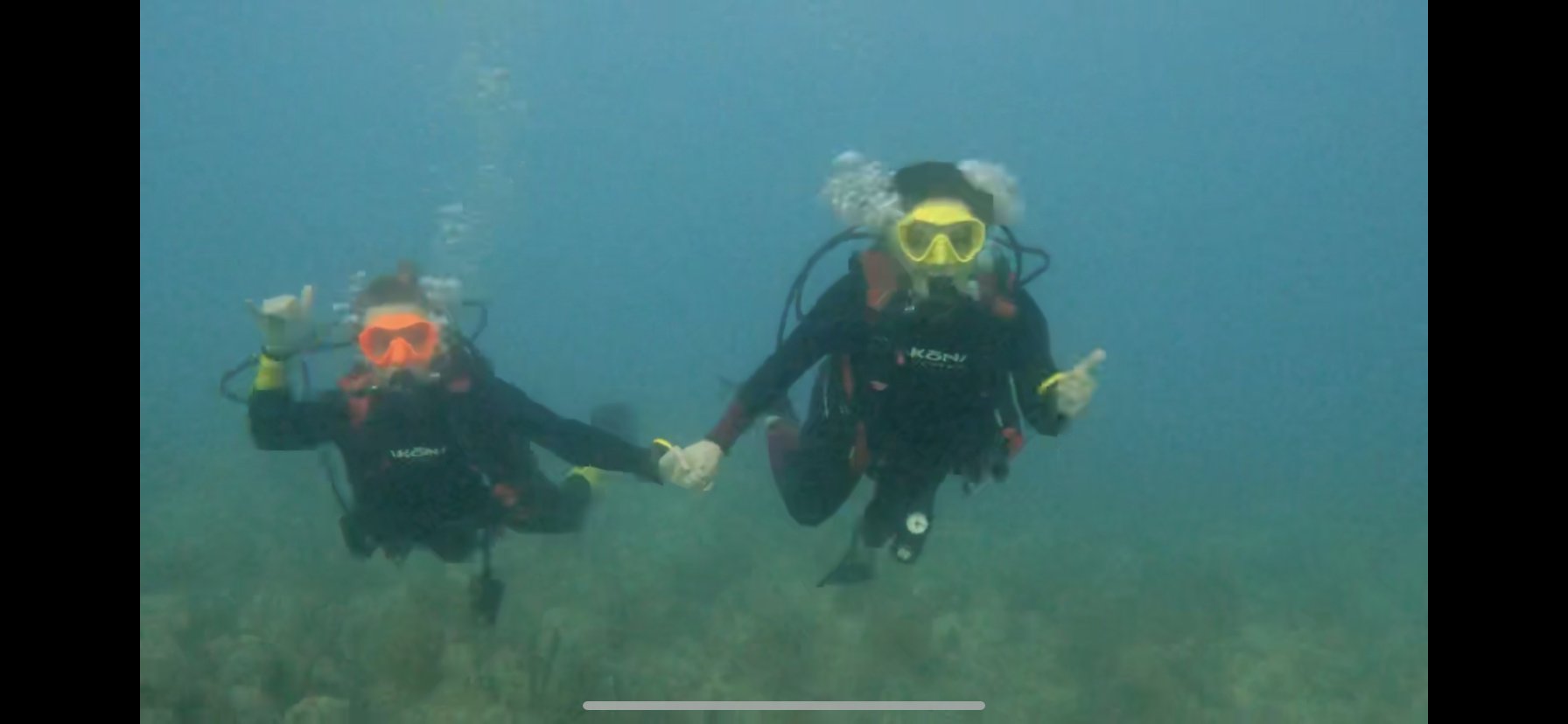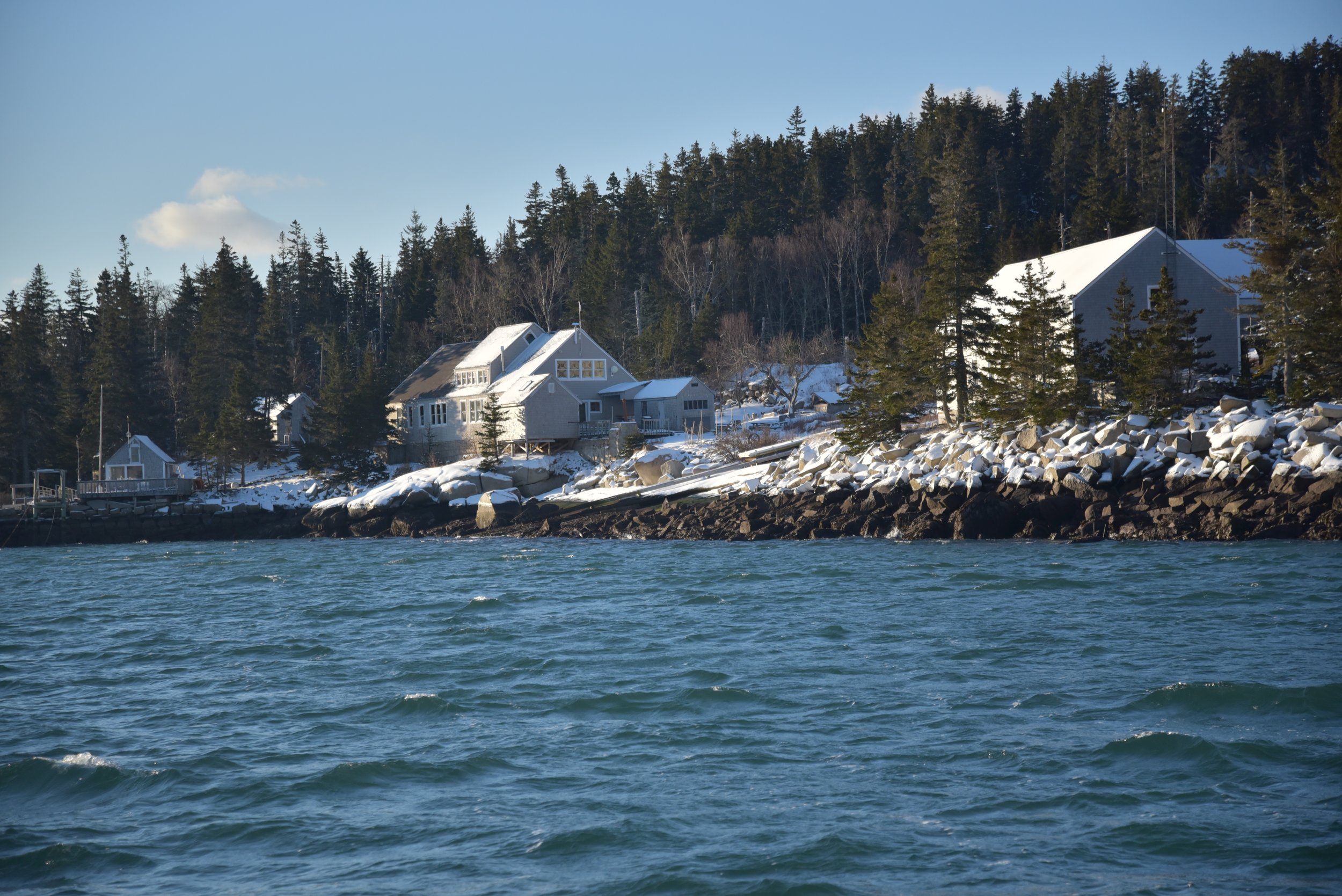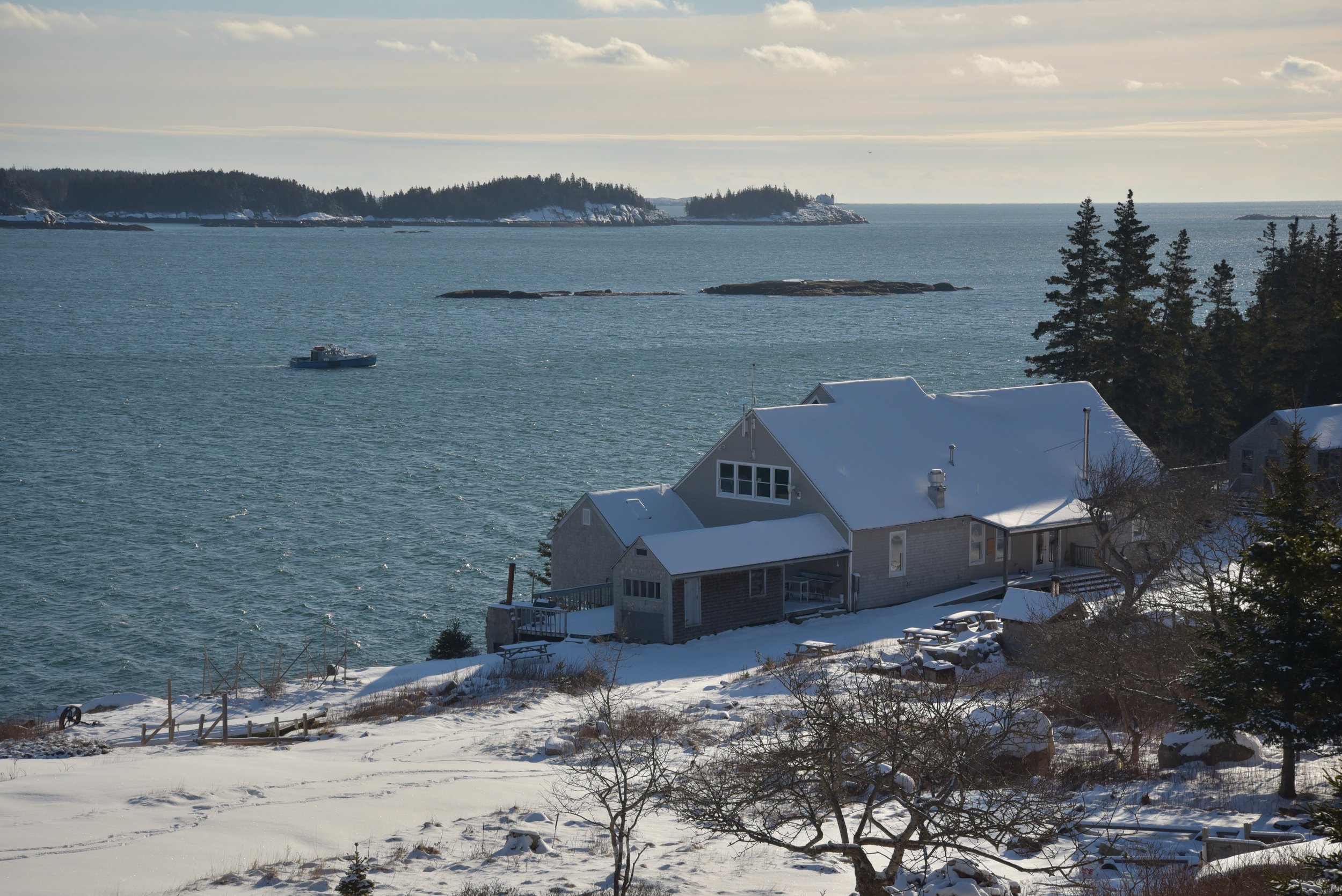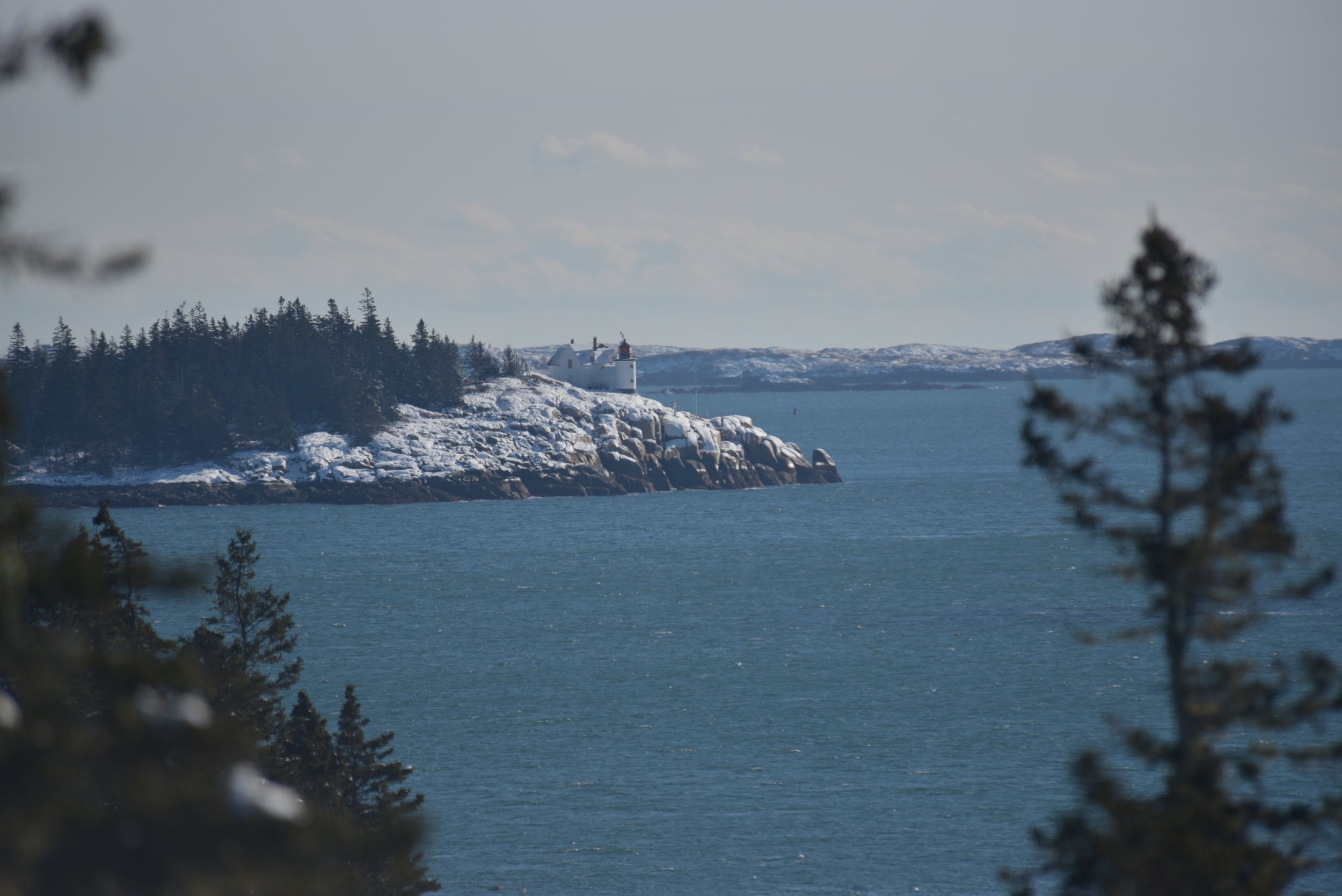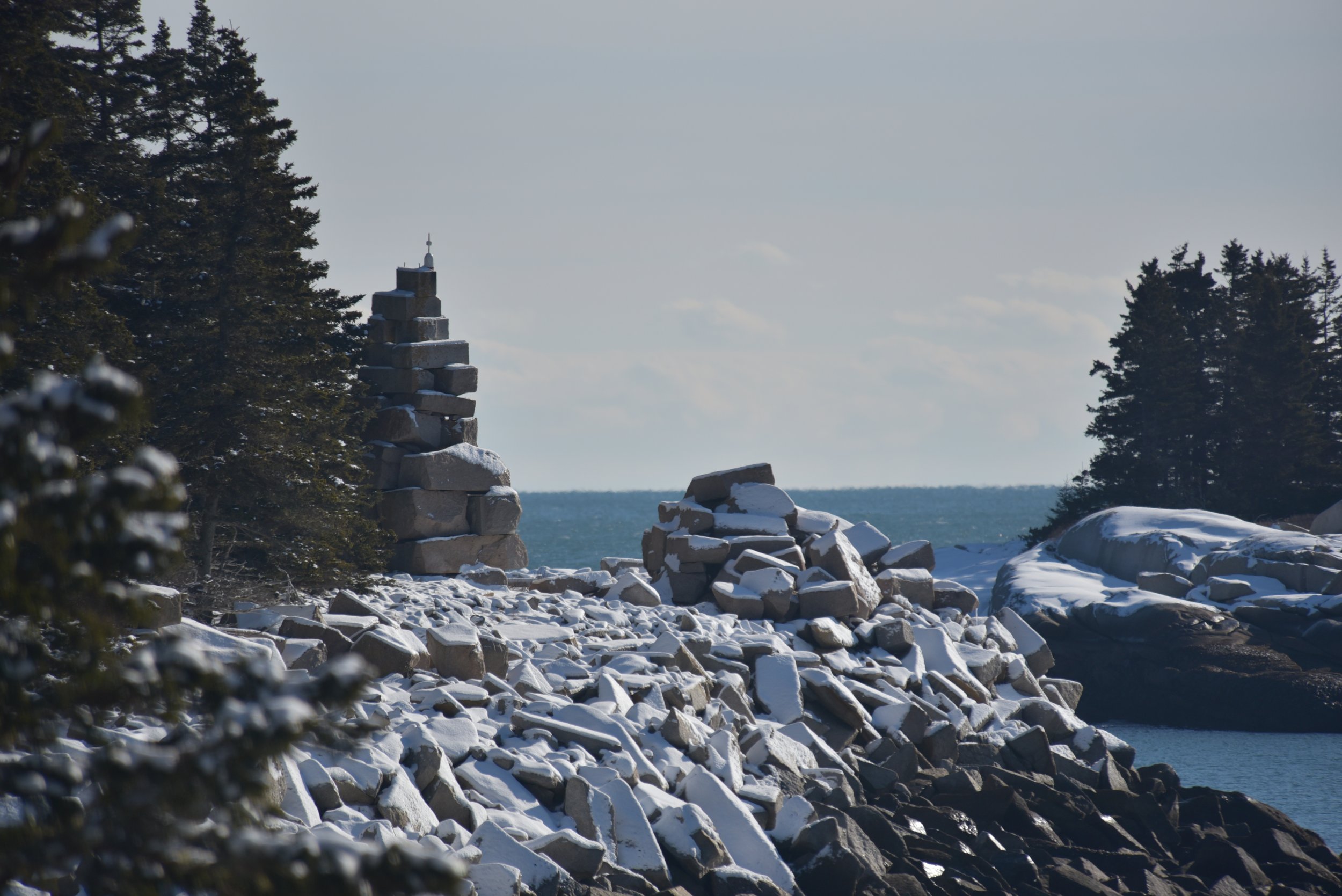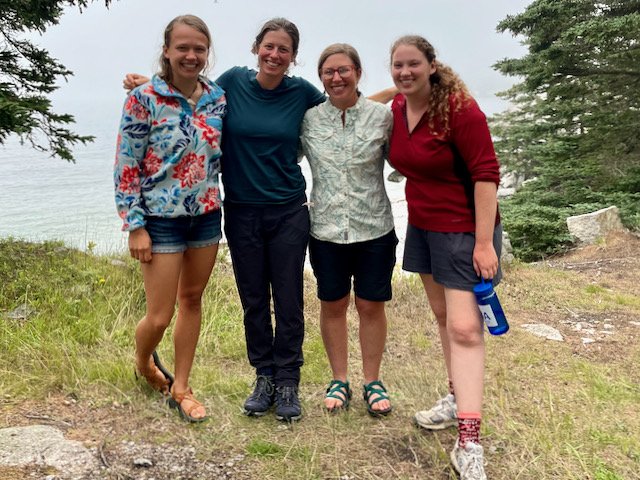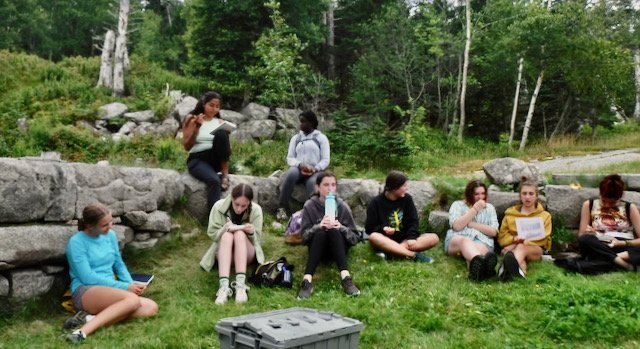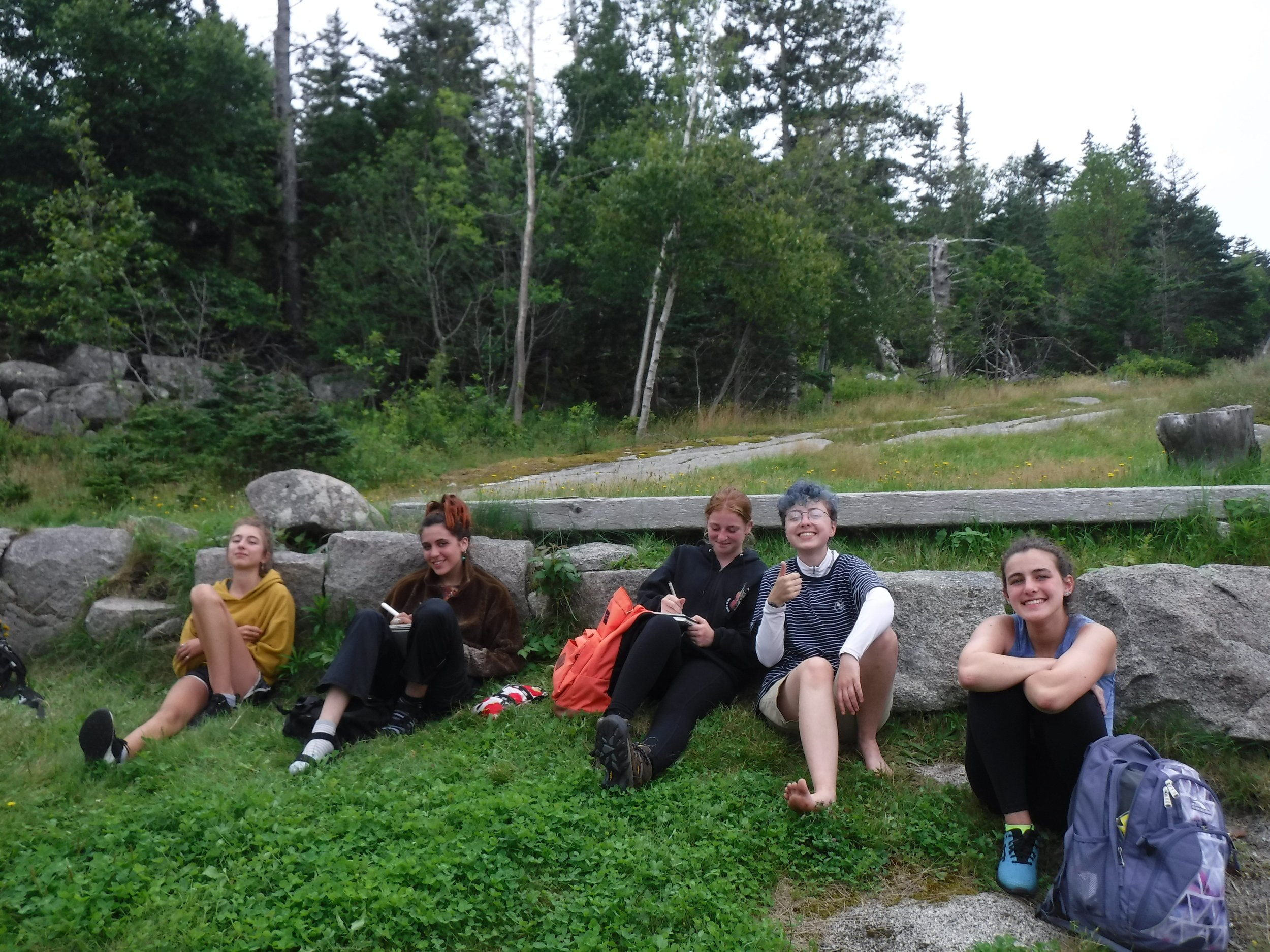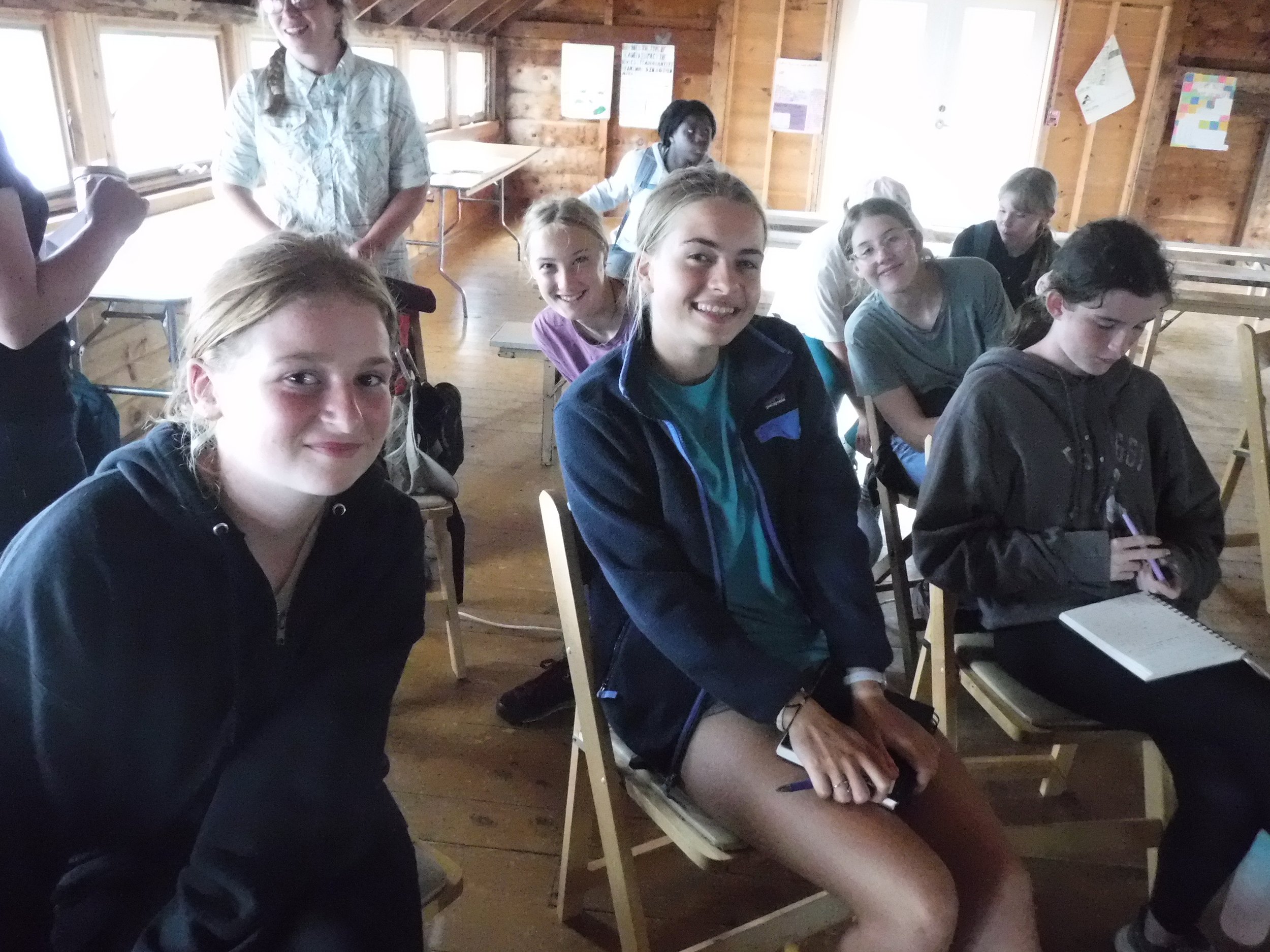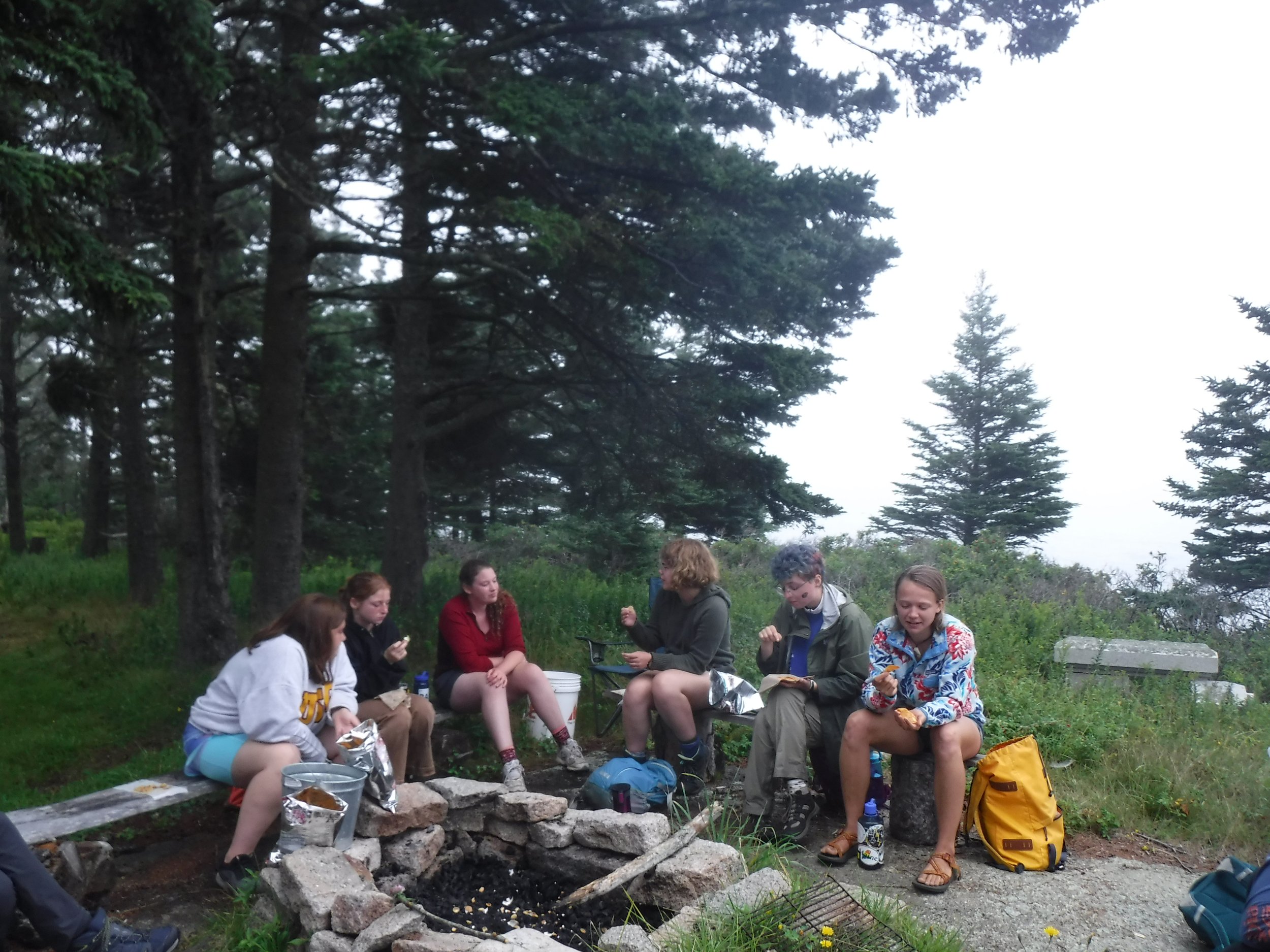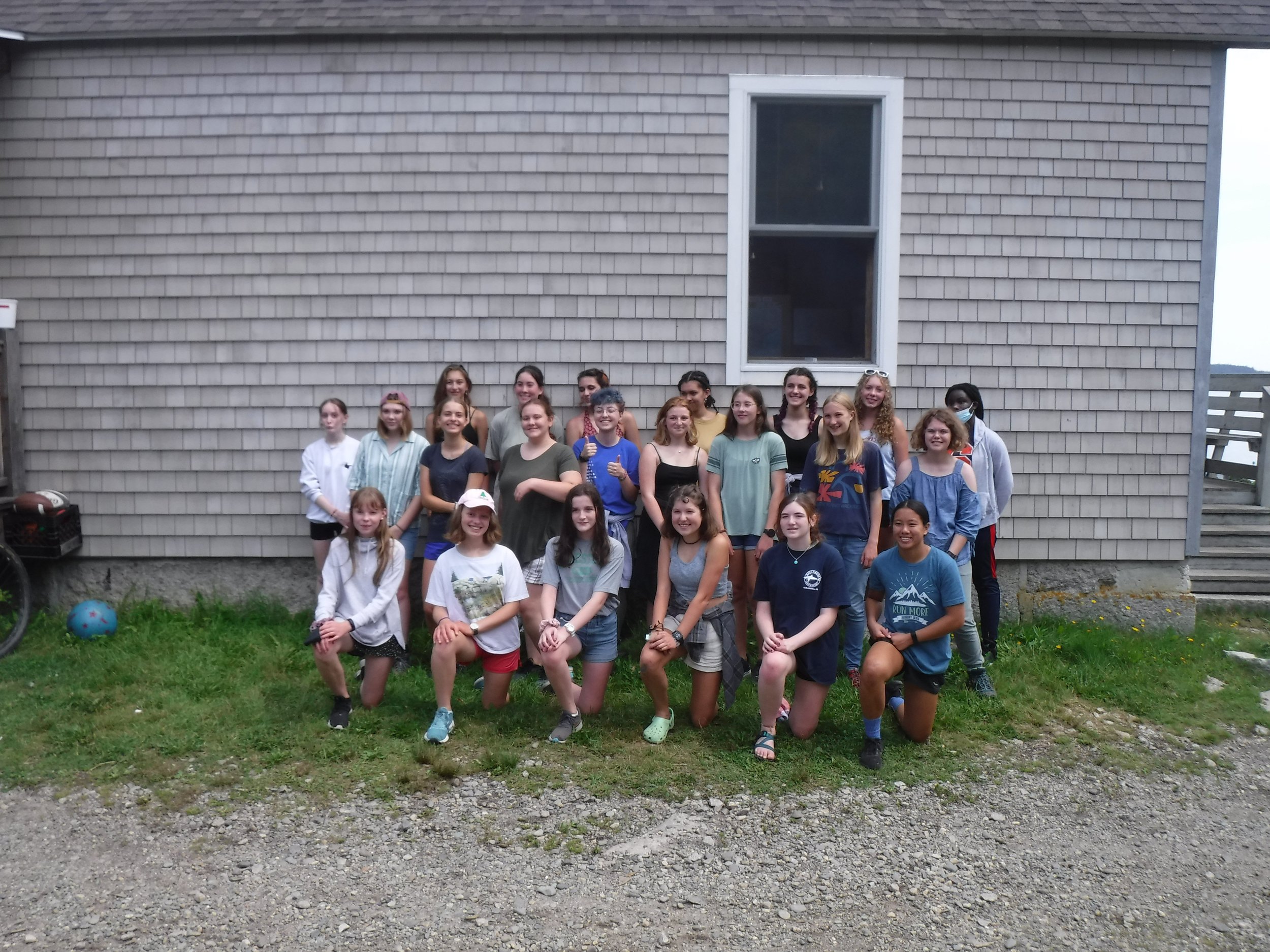By Essie Martin
Welcome back to another Hurricane Island season with the research team! We are grateful this year to not only be returning to the familiarity of the island, but also the familiarity of our team which, with the exception of our intern joining in June, is made up entirely of returners. Our team arrives on the island this week after nearly six months of off island work and adventure.
We are lucky to have continued collaboration with Maine Center for Coastal Fisheries, Bates College, and Atlantic States Marine Fisheries Commission (ASMFC) through our spat (baby scallops) project. This project has expanded spat collection to the entire Maine coast in an effort to understand their distribution and further develop scallop aquaculture (read Phoebe’s blog from the Fall here). Since then we’ve collected the first round of spat bags we deployed in the Fall. Our team, with other project partners, Bates students, fishermen, aquaculturists and other volunteers spent long cold days in January and February sorting spat from other critters that had settled on our bags, estimating numbers of spat collected, and collecting samples for later genetic analysis. Many hands helped along the way– a big thanks to all that did! Our spat project continues as we head out over the next 4 weeks to collect bags deployed over the winter for spring sorting. I am looking forward to joining the fray and saying hello to the newest generation of scallops.
Lucy and I successfully completed our advanced open water and rescue diver certifications in Key West in January. Thanks to the generosity of my uncle and aunt who live in Key West, Lucy and I were able to dive in warm water for the first time ever. The amount of color and biodiversity was a shock to our systems that had already settled into the monotone of winter in Maine. We are grateful that Hurricane Island was able to support these certifications which will ensure safety of future dives. While I can’t speak for Lucy, I am certainly ready to hop back in chilly Maine water, and say hello to the scallops.
While my fellow research team tackled spat in Maine, I had the opportunity to travel to Africa for two months and visit family friends. Said family friends are big game veterinarians in South Africa, and I spent my time there on jobs catching and treating big game… needless to say it was not a boring trip. We traveled to Botswana where I spent an exciting afternoon lost in the bush, to South Africa where I sat on a live giraffe, and to Mozambique where I helped with cyclone repairs. My time there was filled with the staccato of never ending new experiences and automobile repair, and I am grateful for the tenacity I learned while away.
This season we are looking forward to several Aquaculture Workshops and our Aquaculture Skills Sessions. The workshops are geared toward engaging the general public, K-12 teachers and researchers and offer an opportunity to join the research team for a day to learn about our 3.2 acre experimental aquaculture lease, aquaculture curriculum development, and research-based opportunities within aquaculture. The Skills Sessions are more focused on engaging new or current farmers and highlight development of the specific skills and knowledge needed on the farm. We are grateful for our Aquaculture Manager Madison Maier, who is the main organizer behind these events and worked hard off island to make them possible with funding from SEA Maine’s Marine Living Resources Economy Capacity Building Grants.
We are excited to get back into the swing of things with on island research, and look forward to seeing new and old visitors to the island.



